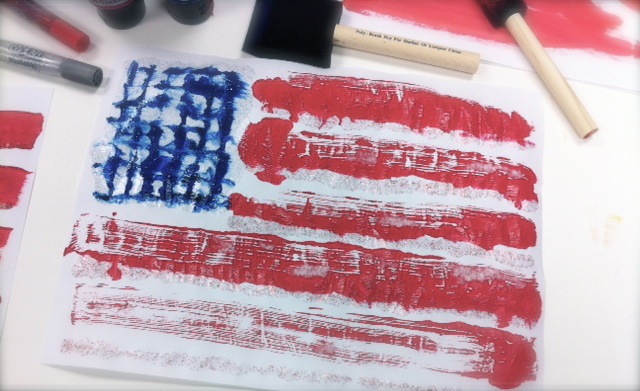
The Land of Make-Believe
[flickr id=”8535215659″ thumbnail=”medium” overlay=”true” size=”original” group=”” align=”none”]
Imagine, if you will, a fantasy world where you play God. Beings come into existence at your whim and fade away at your mercy. Vast canyons, futuristic spaceships, and barren deserts appear on soundstages that were like abandoned warehouses hours beforehand. There, times exist where aliens have been initiated into human society, cyborgs and time travel are familiar, dwarves and hobbits roam the shire, and vampires and werewolves have come to tolerate each other for the greater good. This is the land of make believe, home to the filmmaker.
Kick Off and Scars are two projects I have in development, which I’ve discussed to some extent before. A short- and feature-film respectively, they represent the early stages of make-believe in filmmaking. My story meetings with Galen, the writer, involve not just creating the characters we will eventually see on screen but also considering the entire life of the character up to that point in time, what has happened in their past that will drive the decisions they make in the present, and how we can subtly show these motivations without knocking the audience over the head. Much make-believe takes place during development.
[flickr id=”8535215677″ thumbnail=”medium” overlay=”true” size=”original” group=”” align=”none”]
Following development, the next stage a screenplay moves into is pre-production, where a different level of make-believe ensues, and the world that these characters inhabit must now be physically constructed. I believe that a firm knowledge of how every film department works will make me a better producer, so I like to try my hand at many different roles on set. These last few weeks I worked as an Art PA on a set construction in Columbia’s 600 South Michigan Avenue campus. In a matter of two or so hours, we had to turn the graduate lounge into a middle-school classroom. It’s a tight turnaround, especially to make something look believable, but such are the time constraints and limitations you will run into as a filmmaker.
During principal photography, it’s an entirely different game of make-believe yet again. The director, actors, director-of-photography, and gaffer all lead their teams in trying to deliver performances and images that convey this fictional story in pictures that will later be manipulated in post-production by the editor, That picture edit will then go through sound design, visual effects, and color correction—the final stages of make-believe before it becomes a film!
[flickr id=”8535215705″ thumbnail=”medium” overlay=”true” size=”original” group=”” align=”none”]
Filmmaking, or more specifically producing, is about merging three key elements: technology, business, and art. Having a firm grasp on the business side is essential. A good crew will guide you through the technological side. Also, identifying and fostering relationships with fellow creatives and allowing your and their imaginations to run a little wild is where the magic will come from and ultimately how you will make the audience believe your story.
P.S. I’m sorry I chipped the door in the graduate lounge. There I said it.
